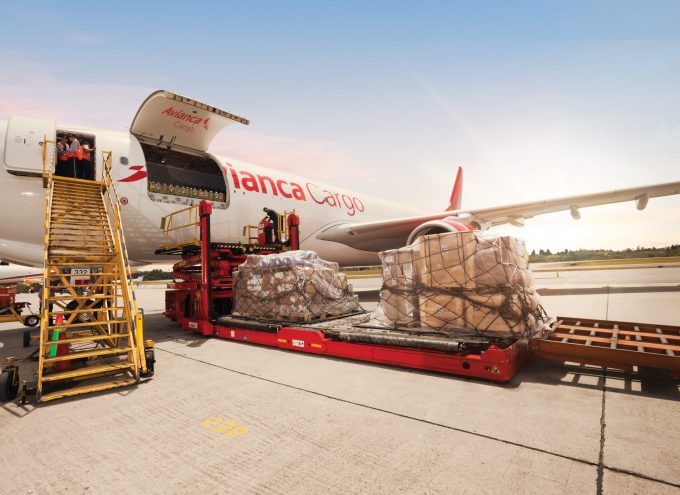2025 is 'all about cargo', says Amazon operator Sun Country Airlines
Apollo Global Management, owner of Atlas Air, has sold its remaining 12% of Sun Country ...

There is no freighter version of the Boeing 787, but the passenger aircraft is increasingly coming to the fore for Avianca Cargo carrying freight.
A cargo-only service between its Bogota hub and Madrid service runs two or three times a week, but Avianca intends to raise the frequency to five or six, said Kurt Schosinsky, managing director of Avianca Cargo.
The carrier ...
Asia-USEC shippers to lose 42% capacity in a surge of blanked sailings
USTR fees will lead to 'complete destabilisation' of container shipping alliances
New USTR port fees threaten shipping and global supply chains, says Cosco
Outlook for container shipping 'more uncertain now than at the onset of Covid'
Transpac container service closures mount
DHL Express suspends non-de minimis B2C parcels to US consumers
Zim ordered to pay Samsung $3.7m for 'wrongful' D&D charges
Flexport lawsuit an 'undifferentiated mass of gibberish', claims Freightmate

Comment on this article